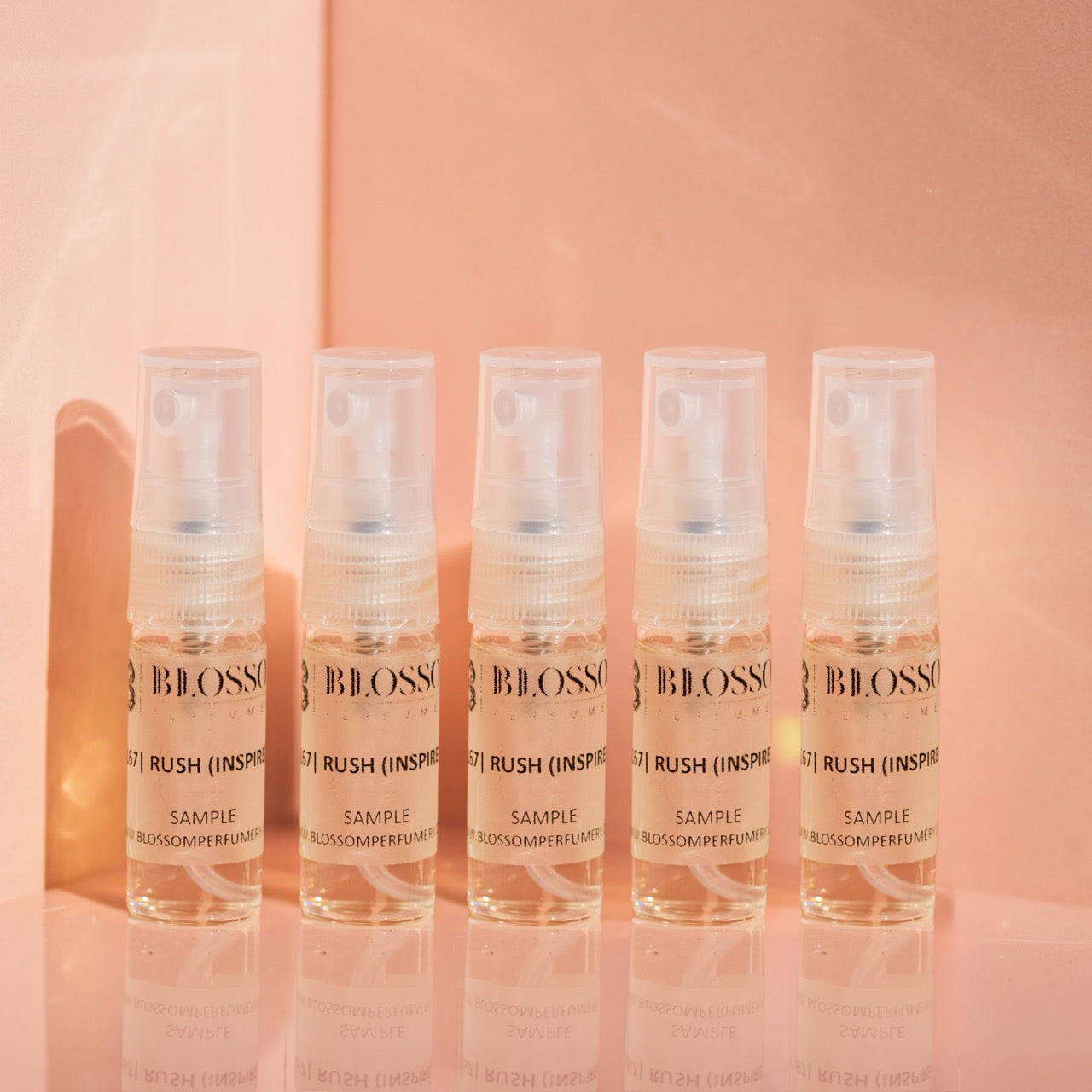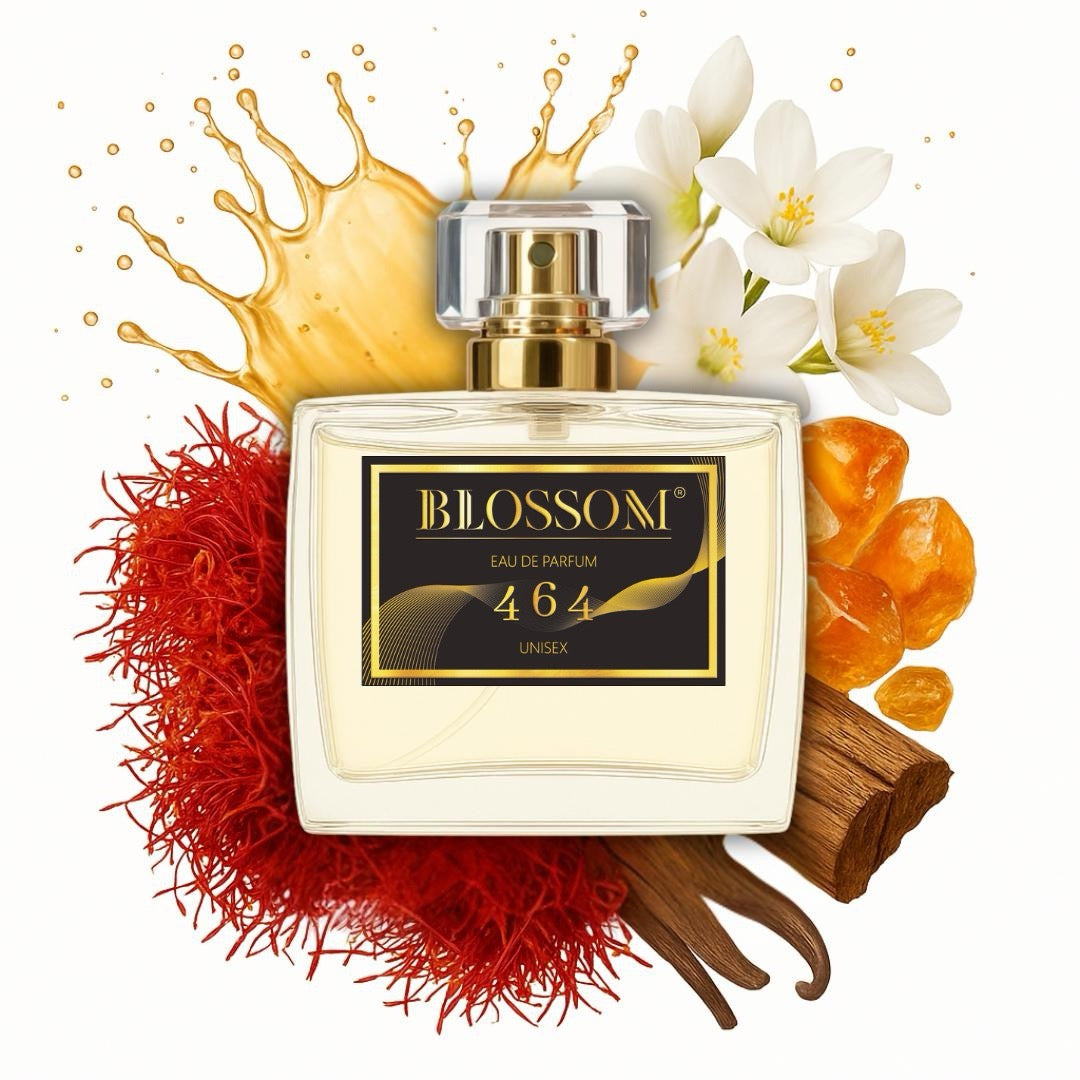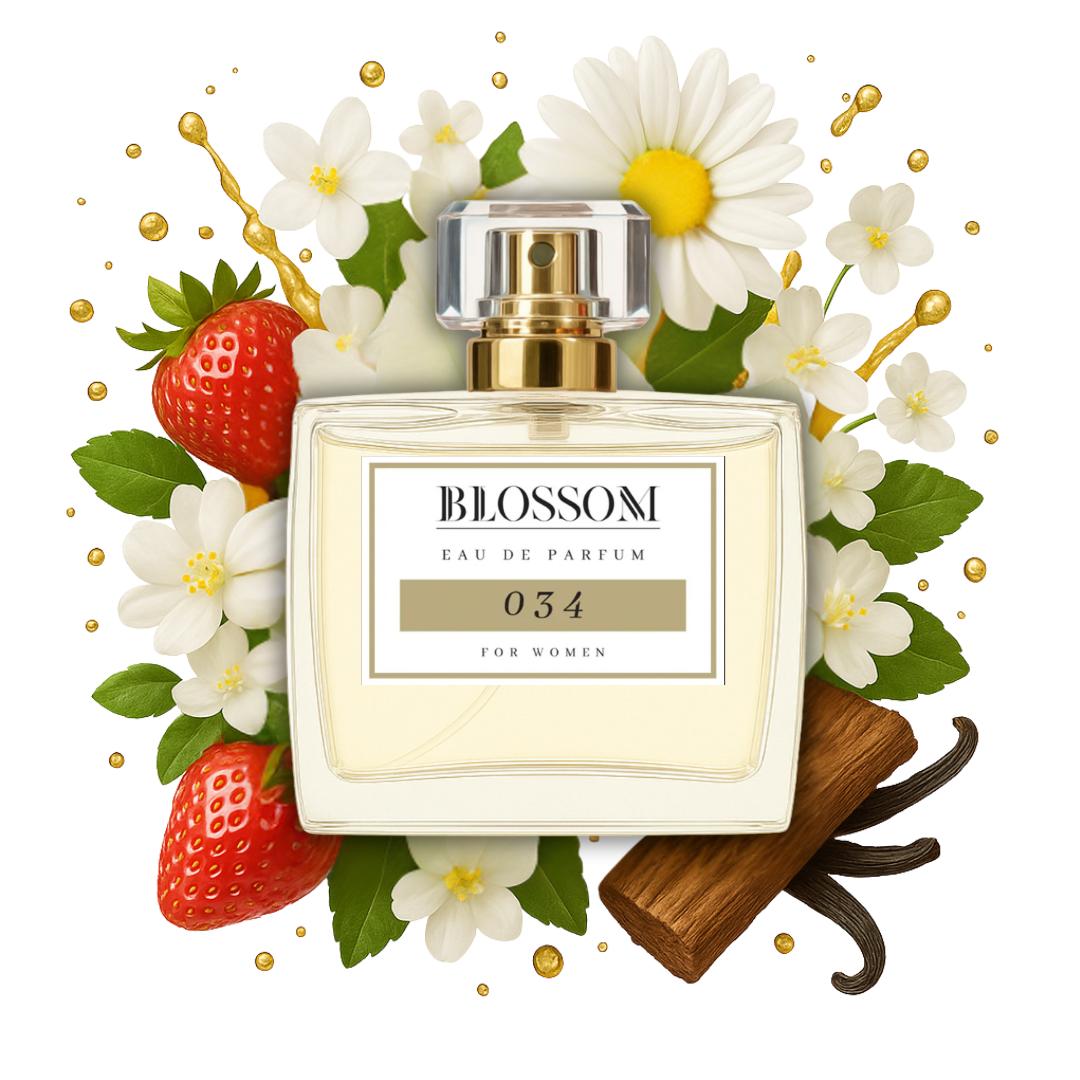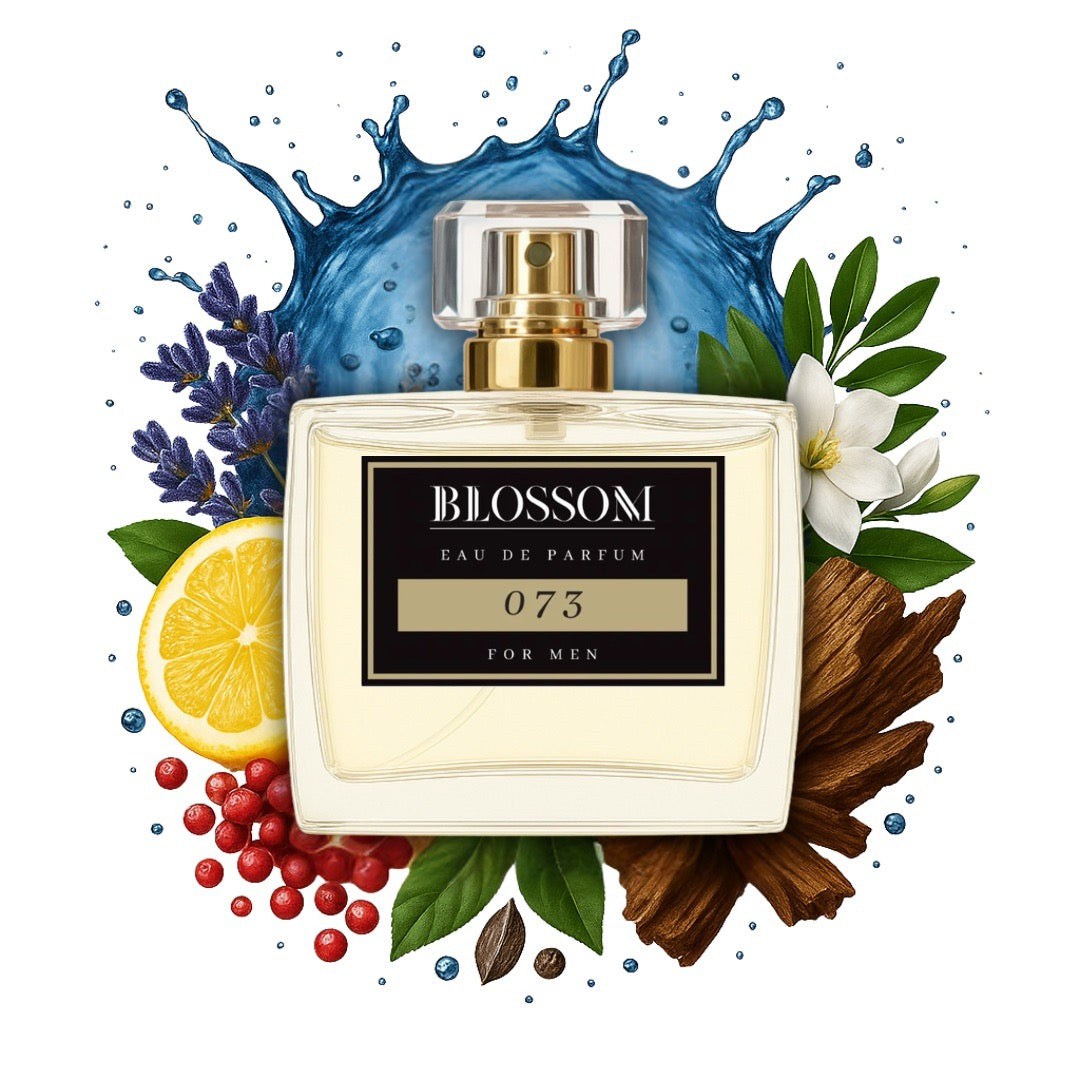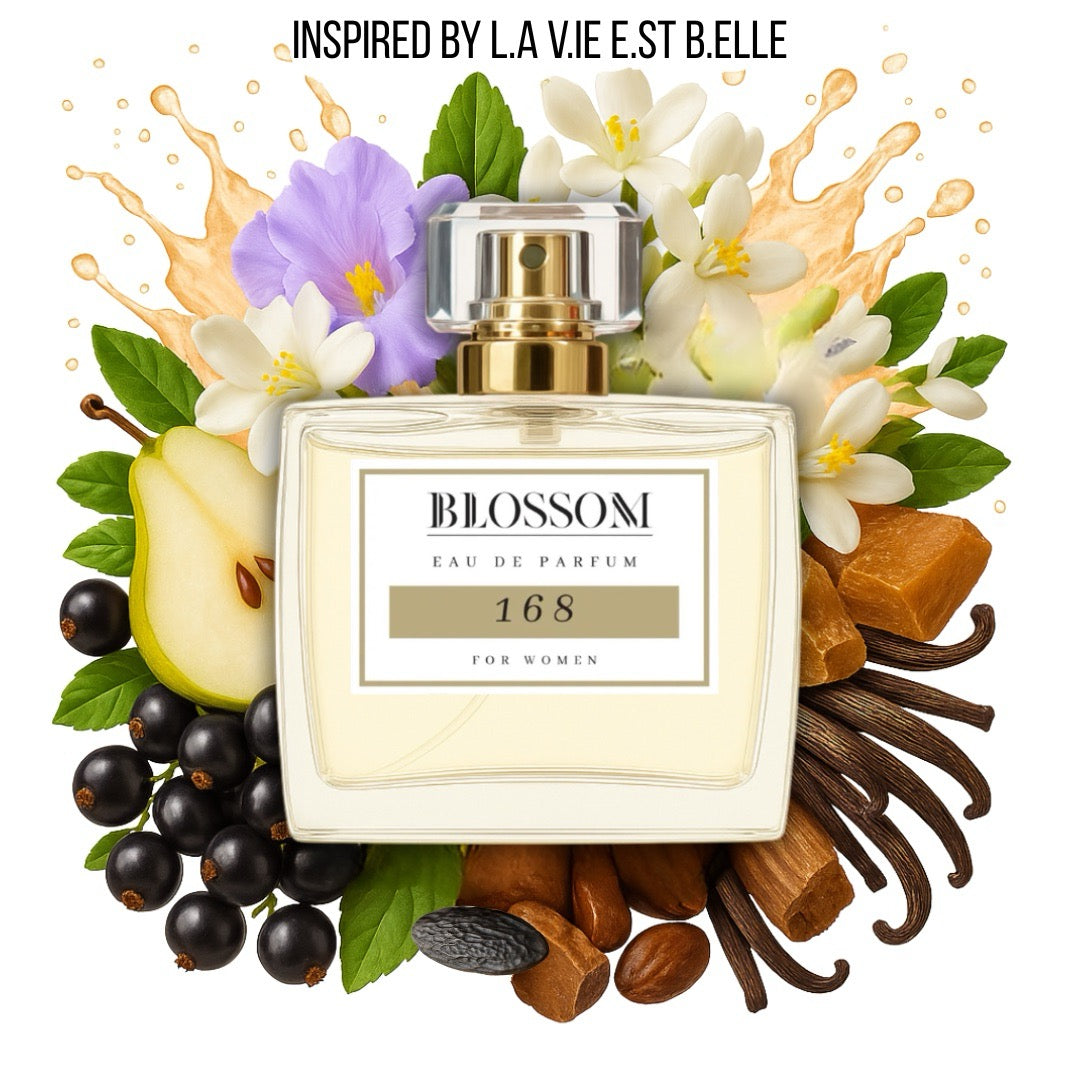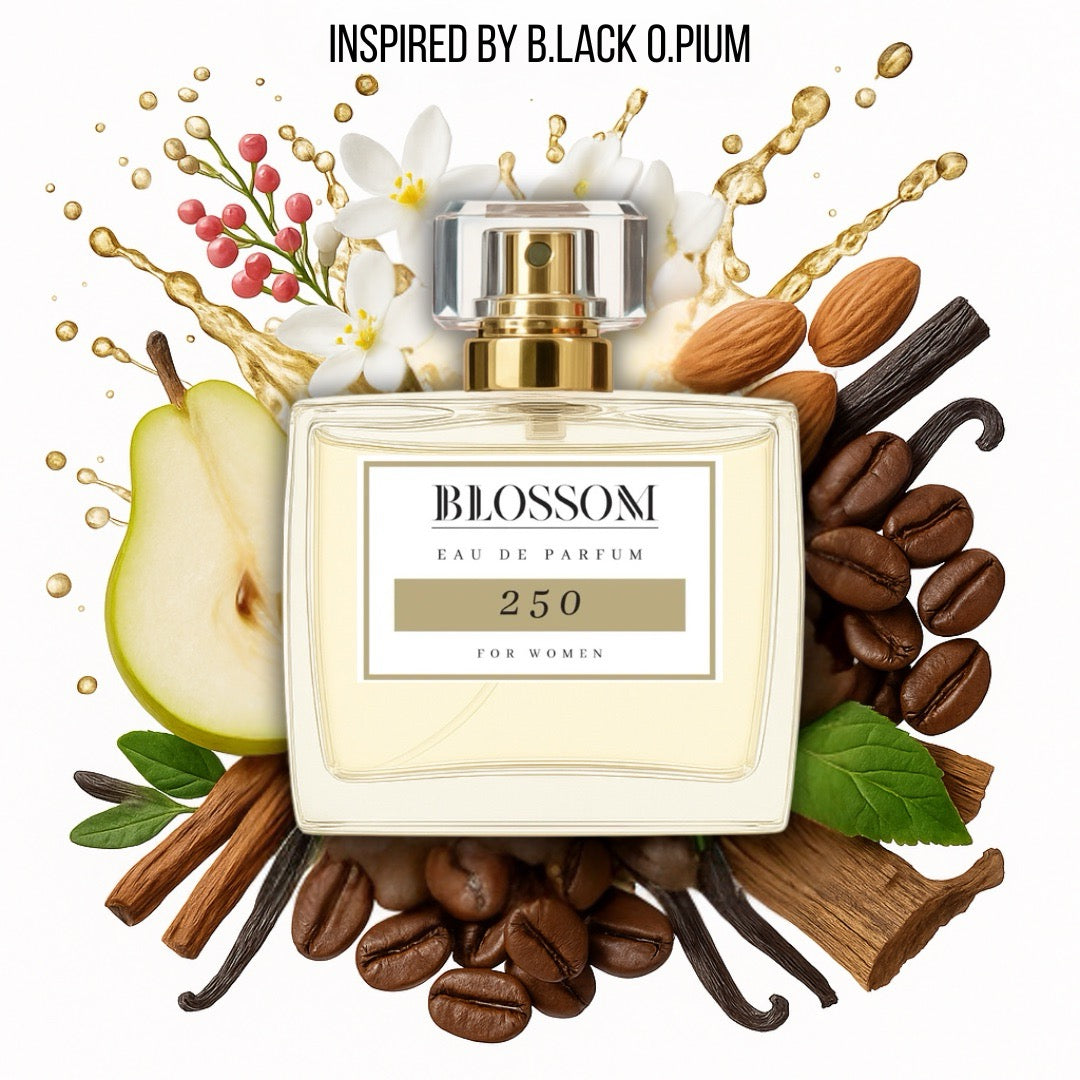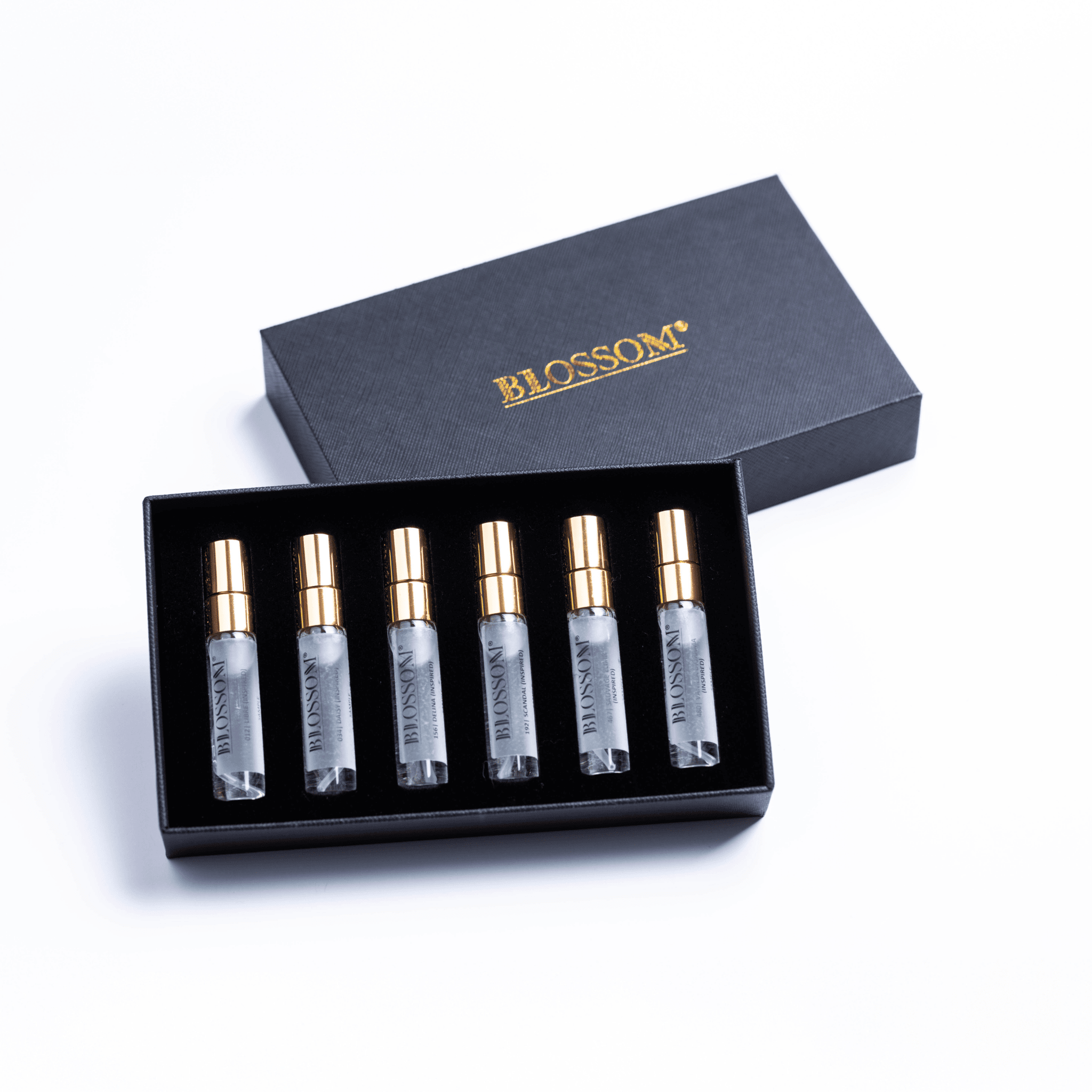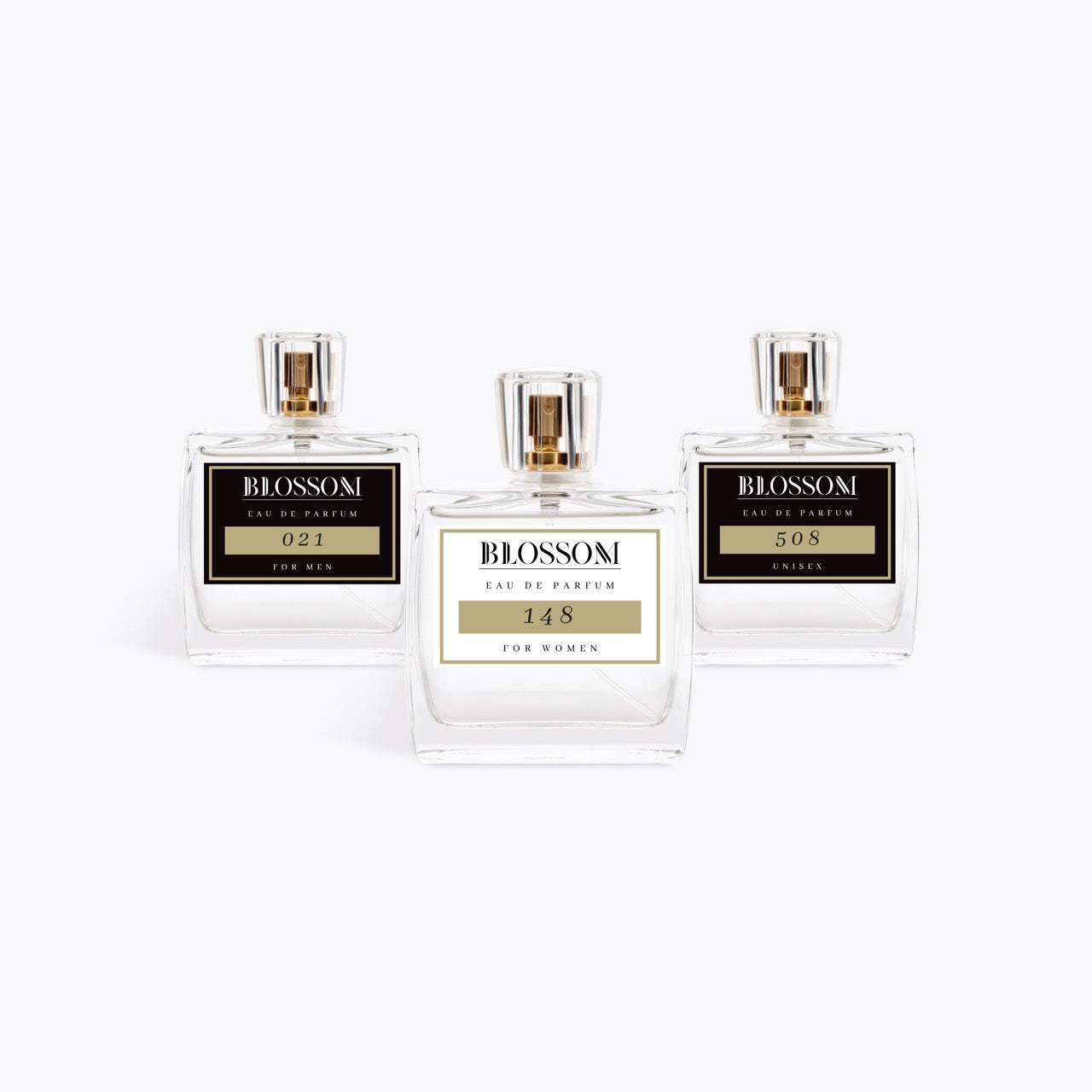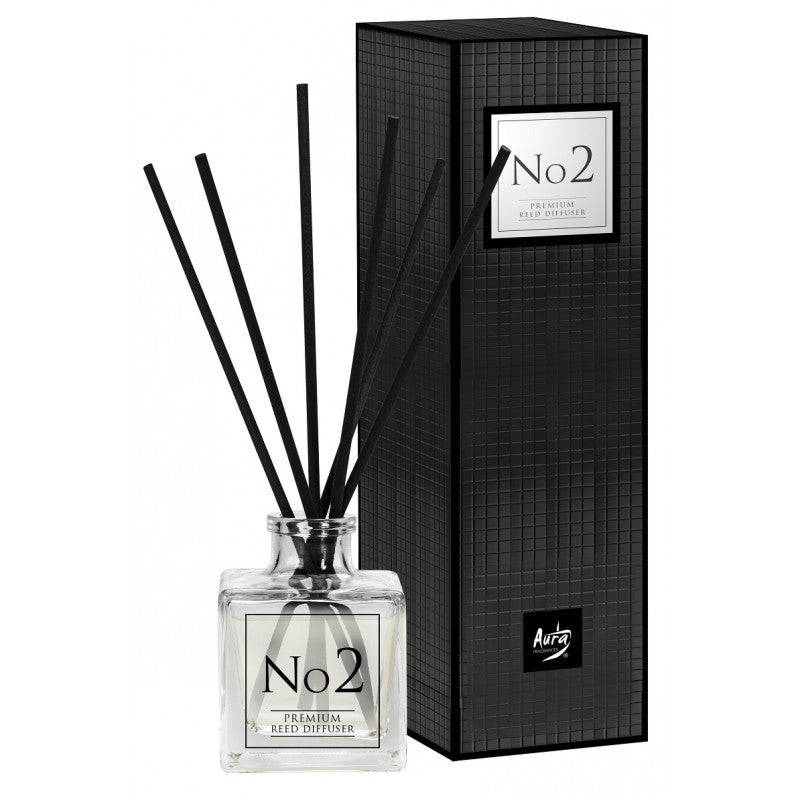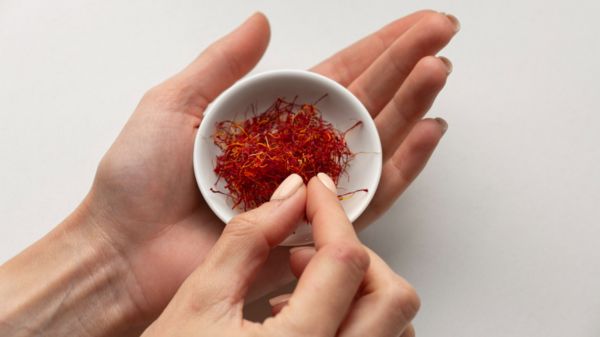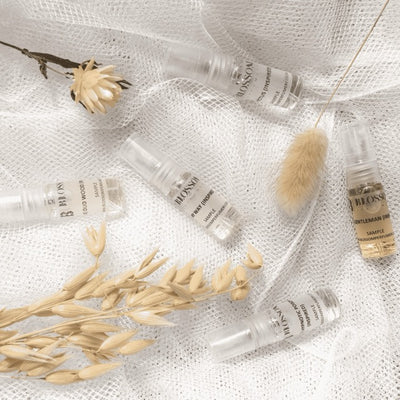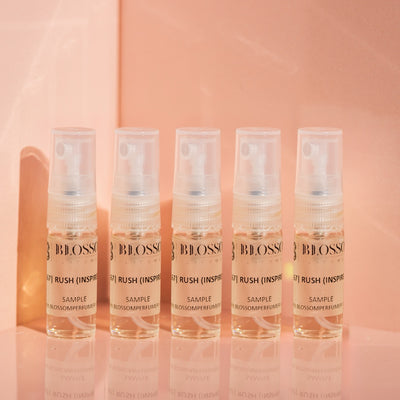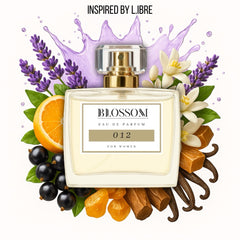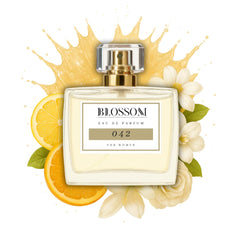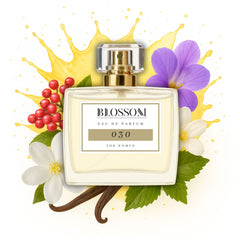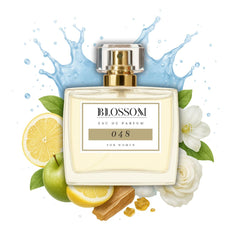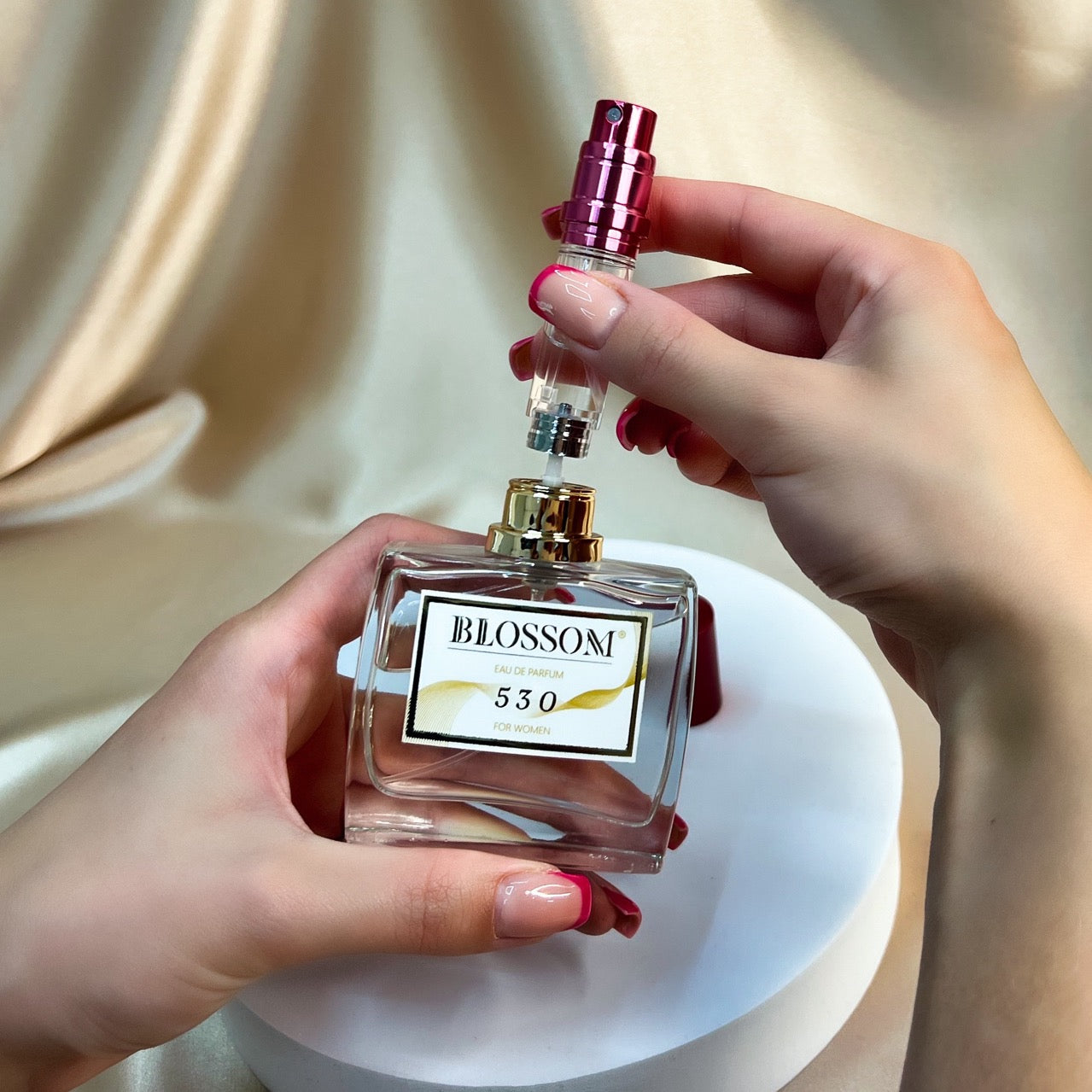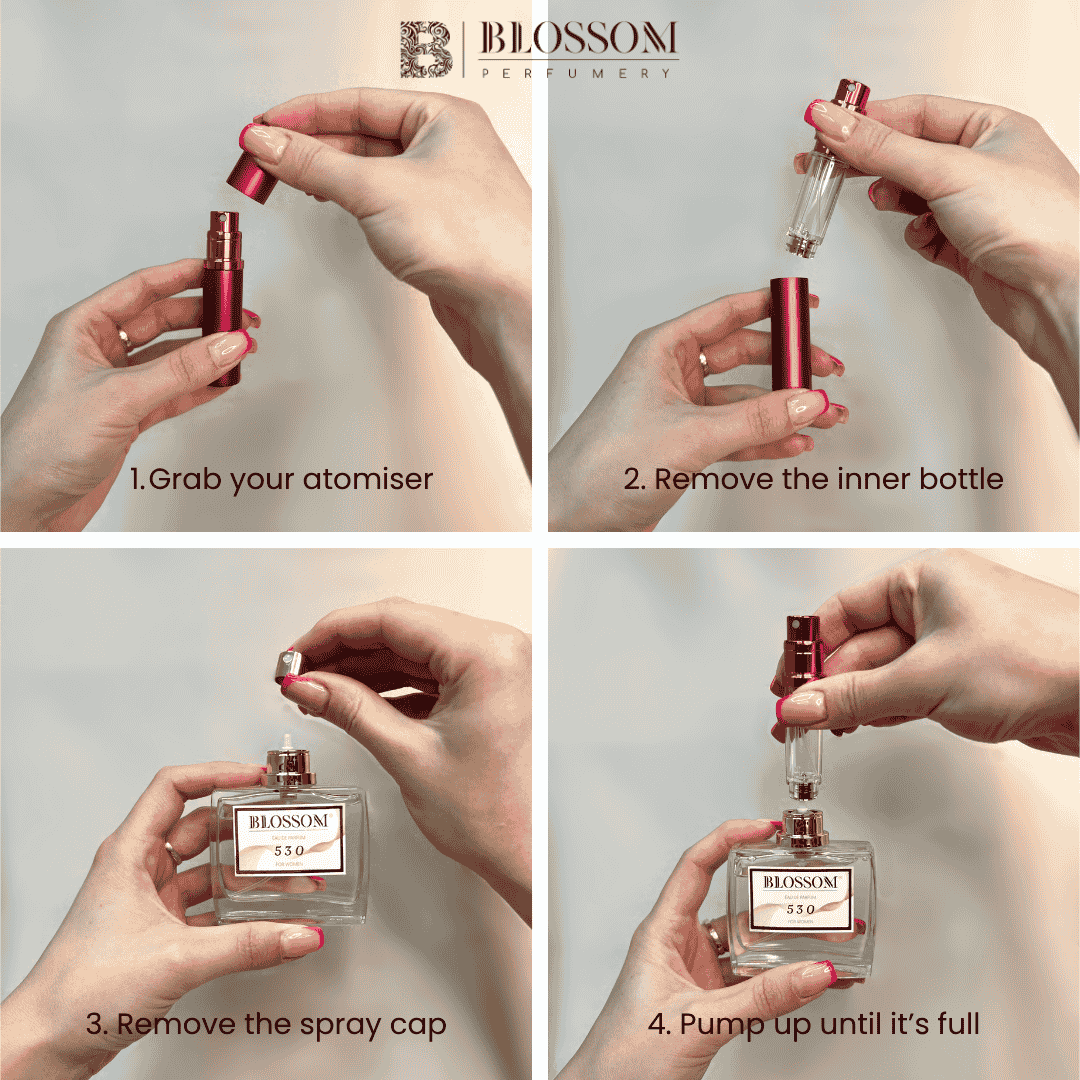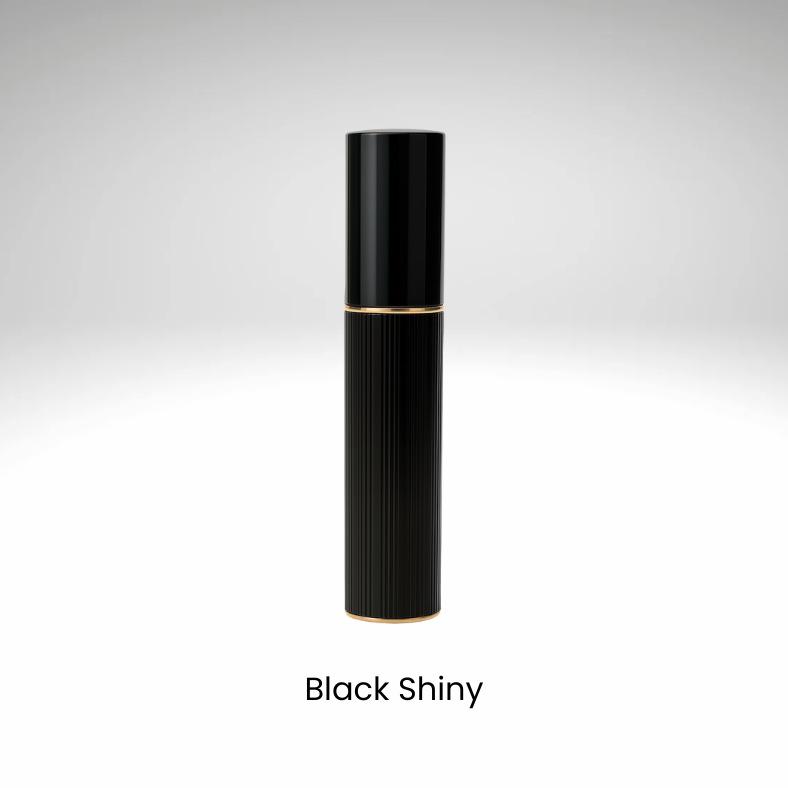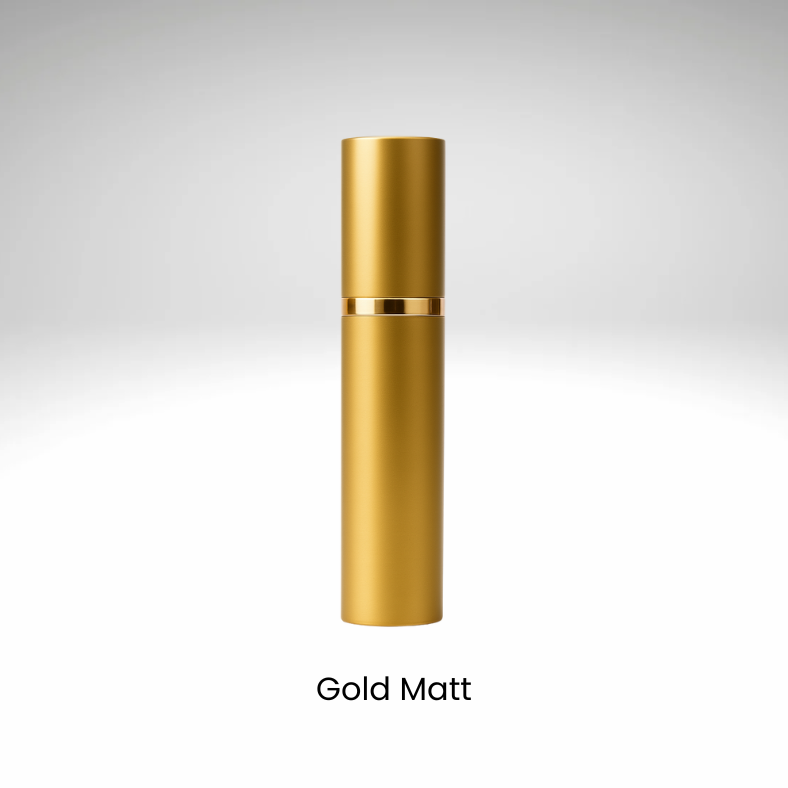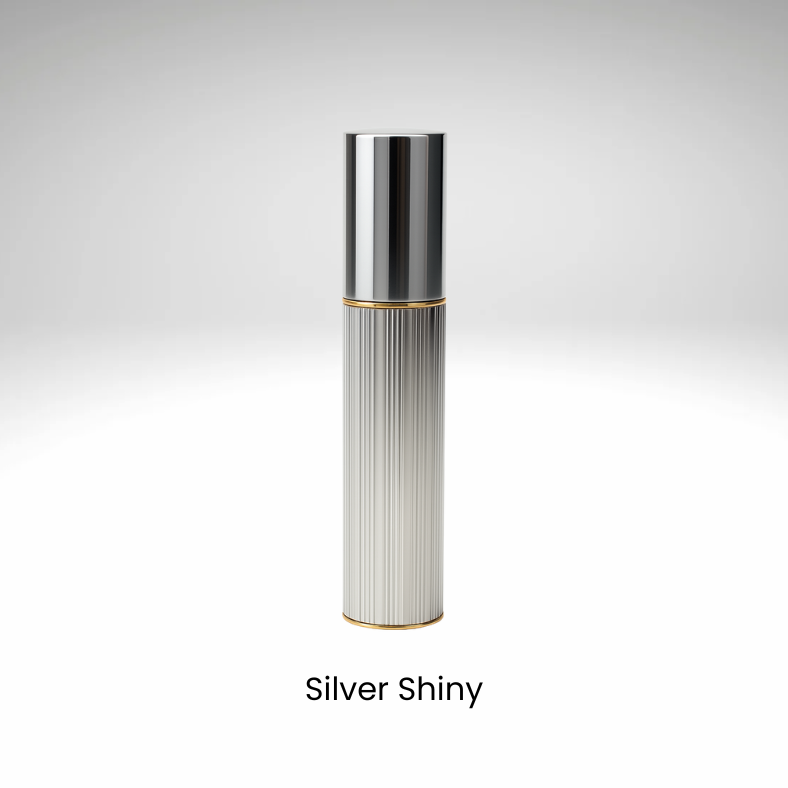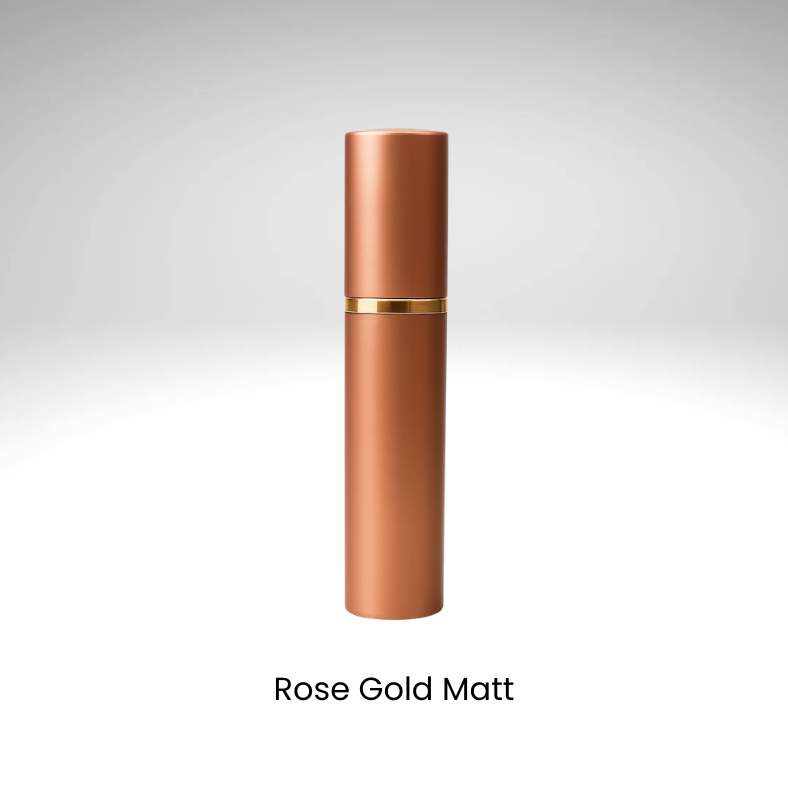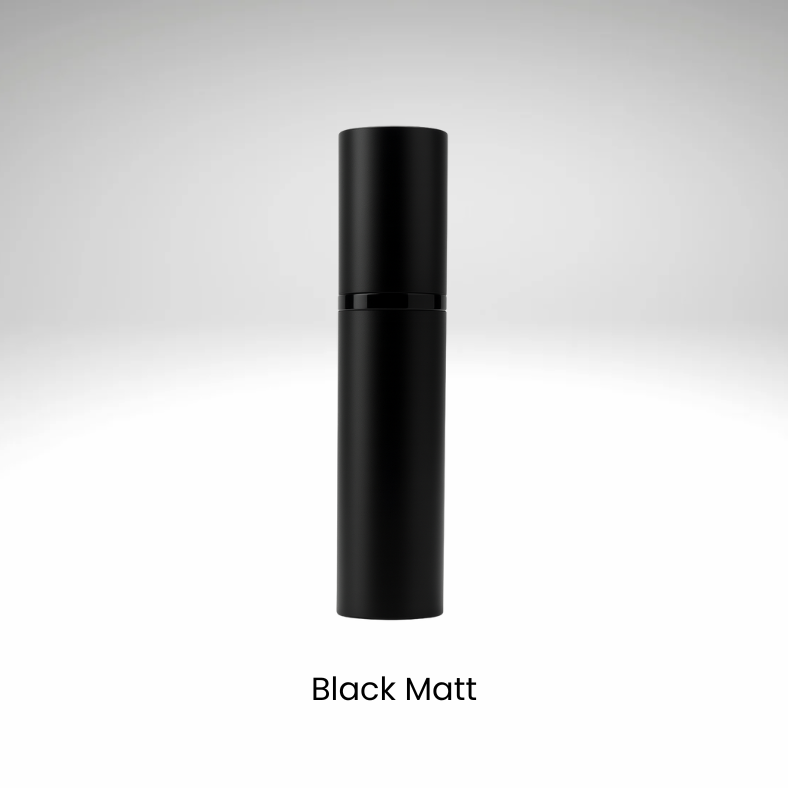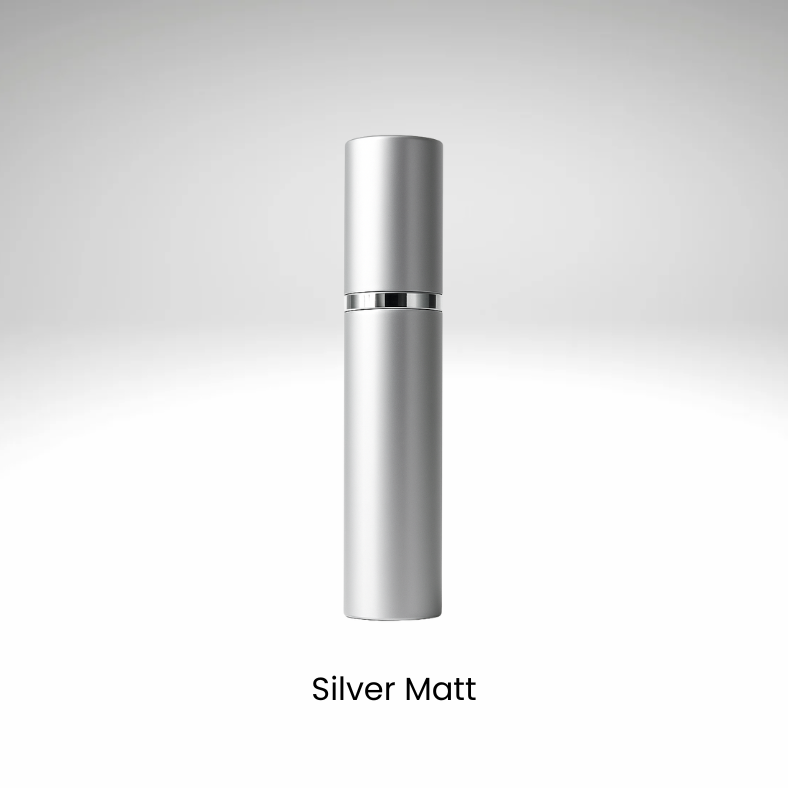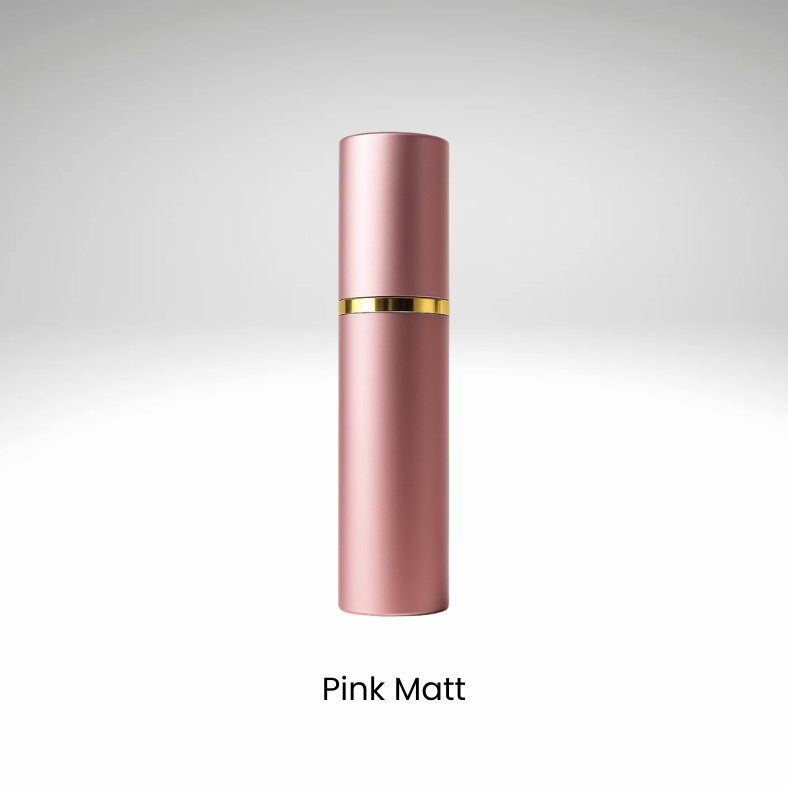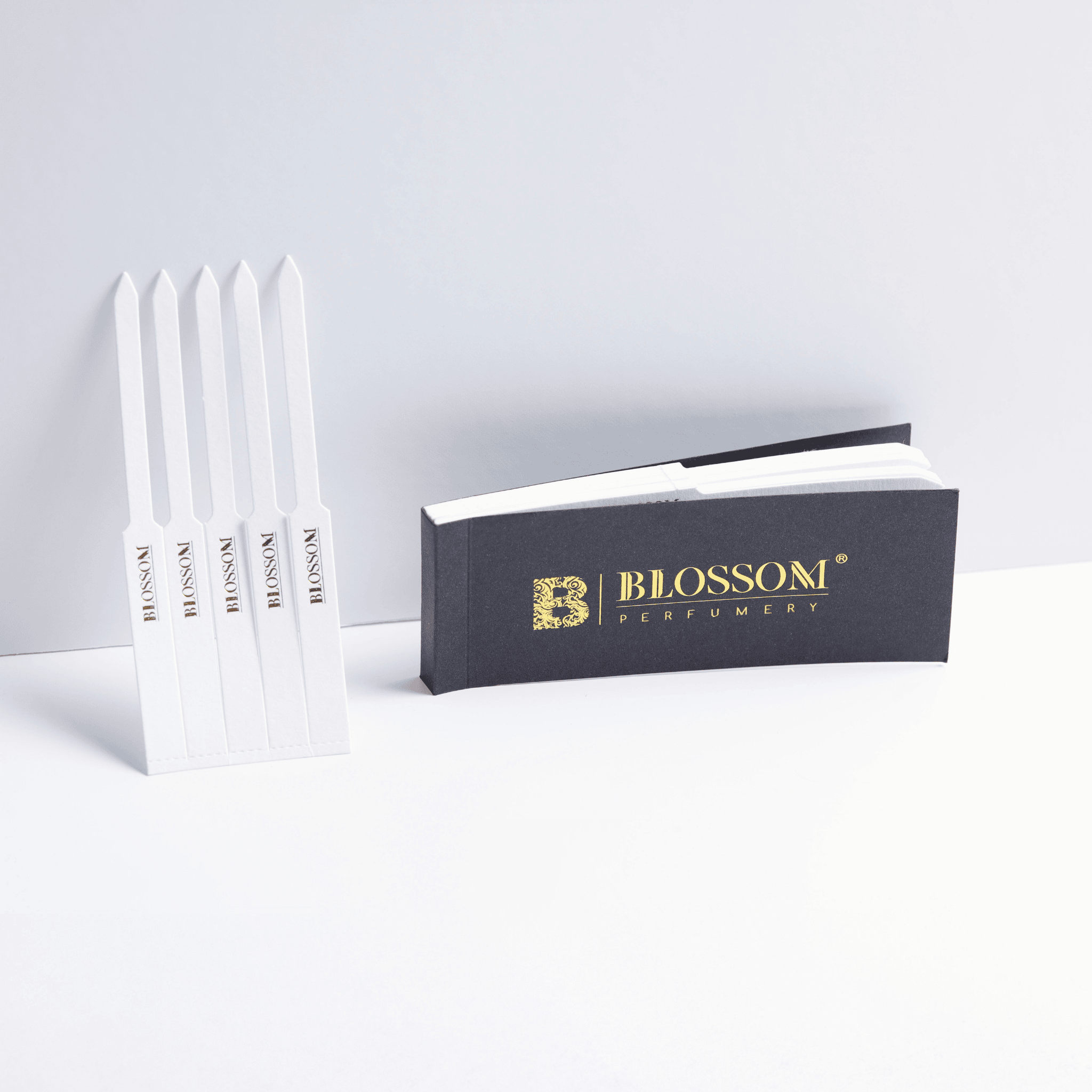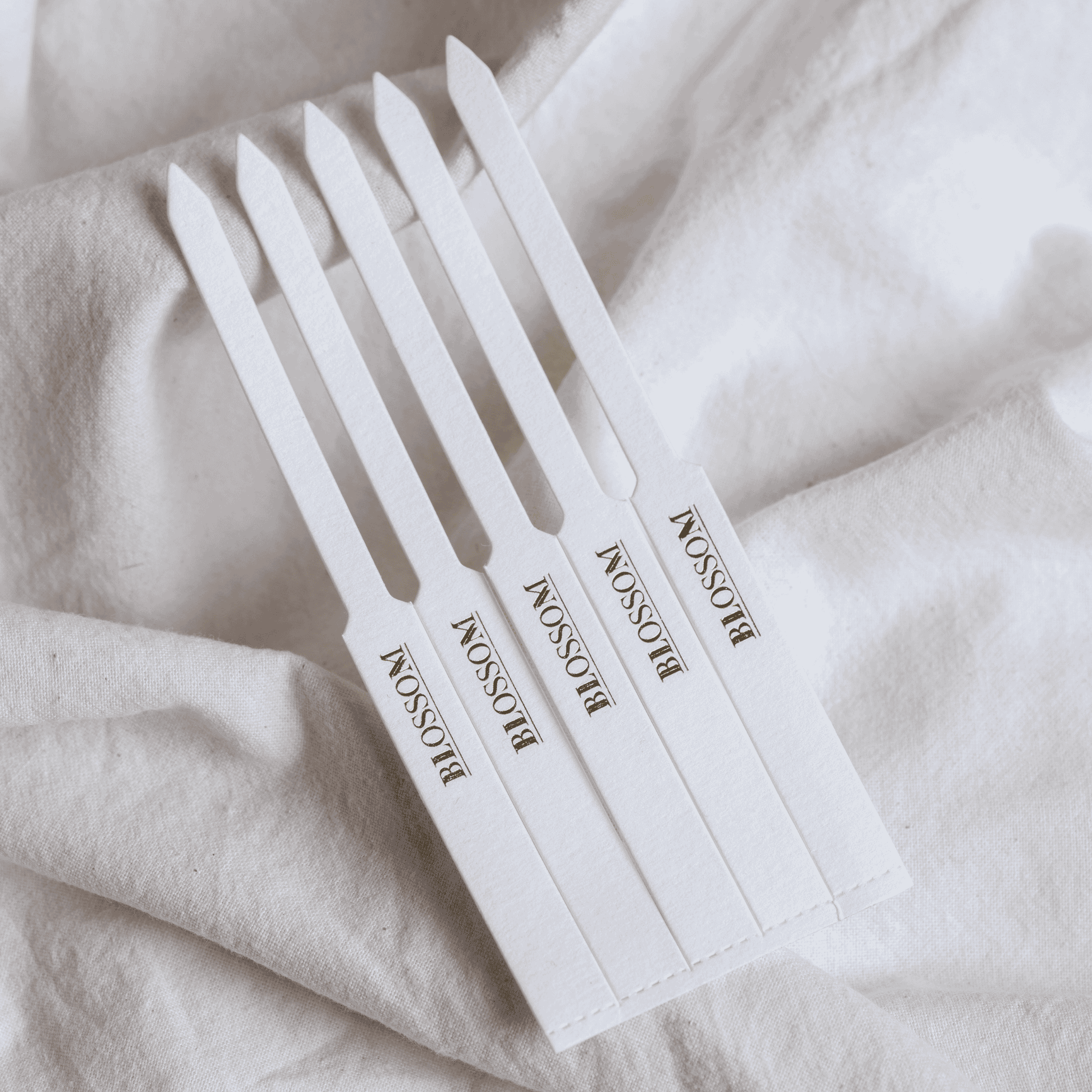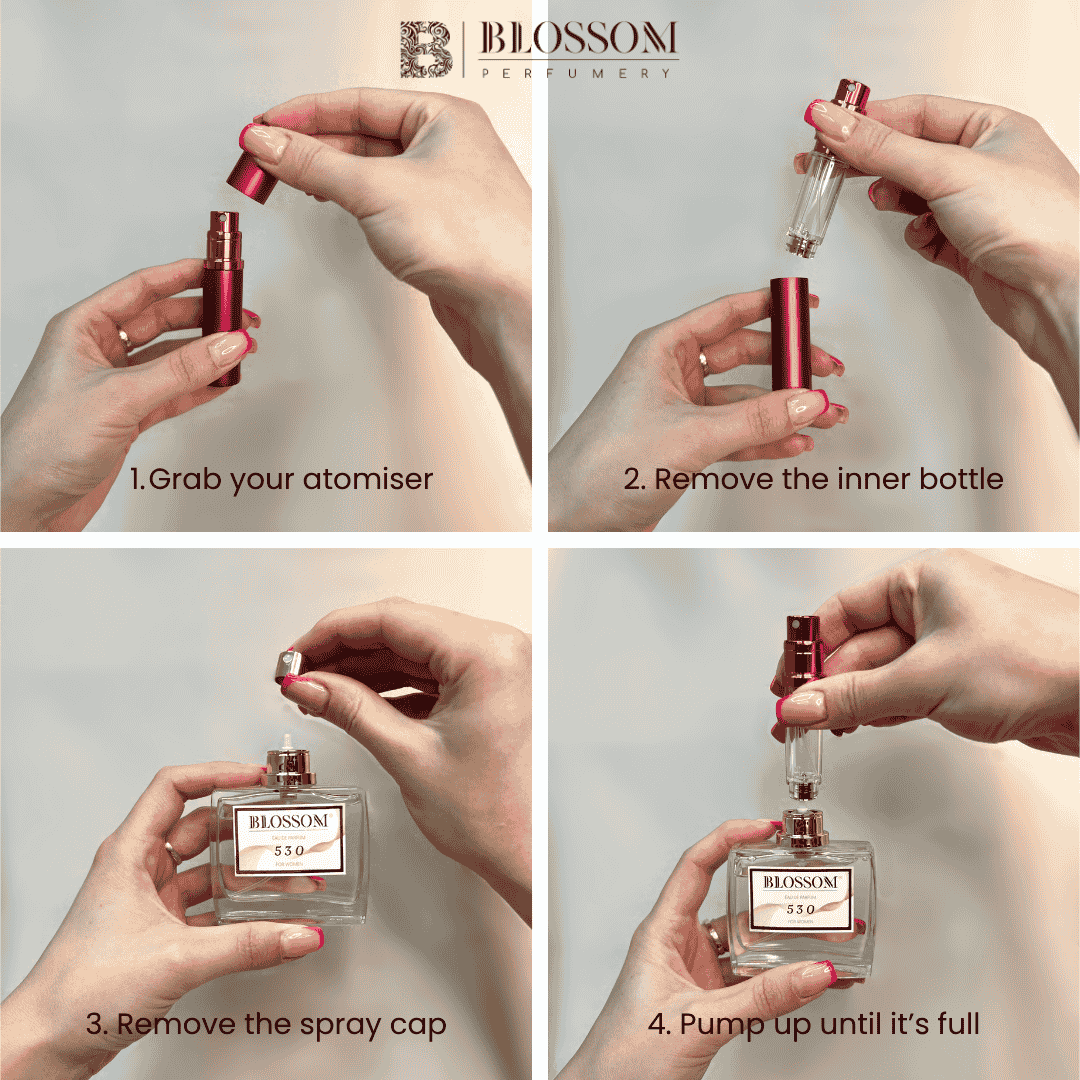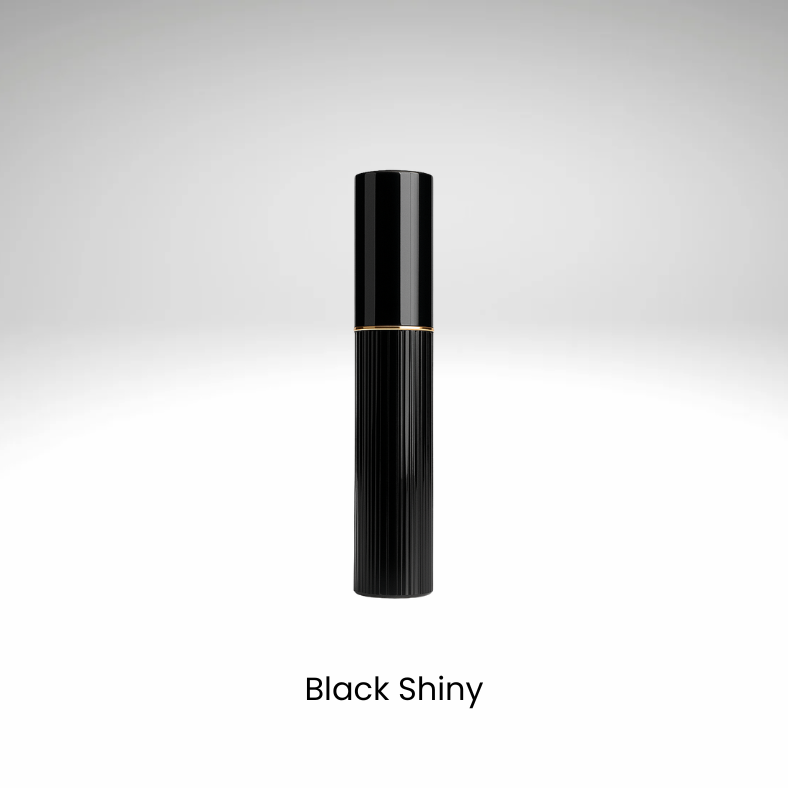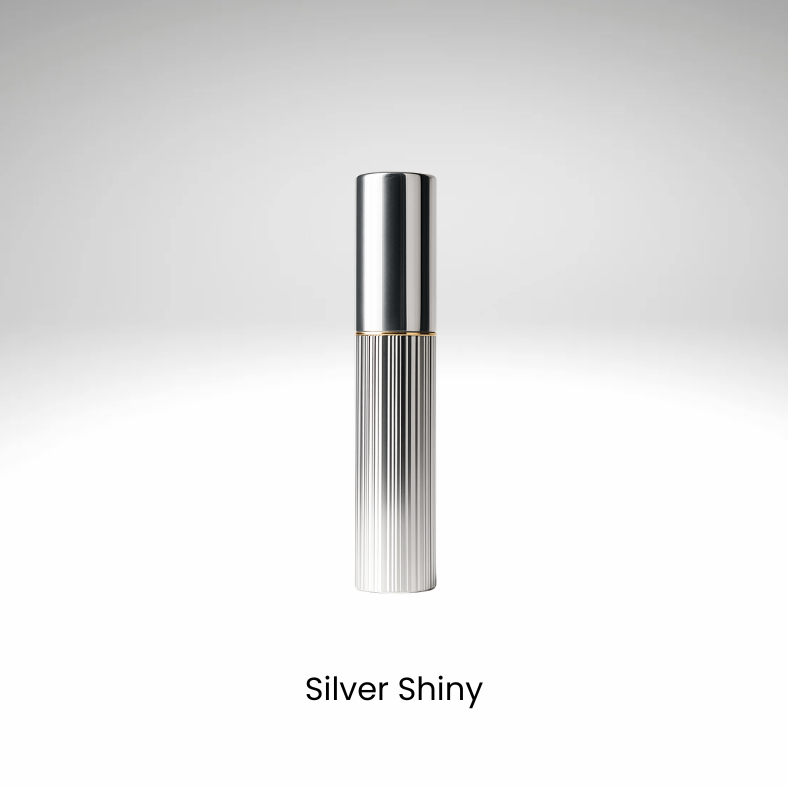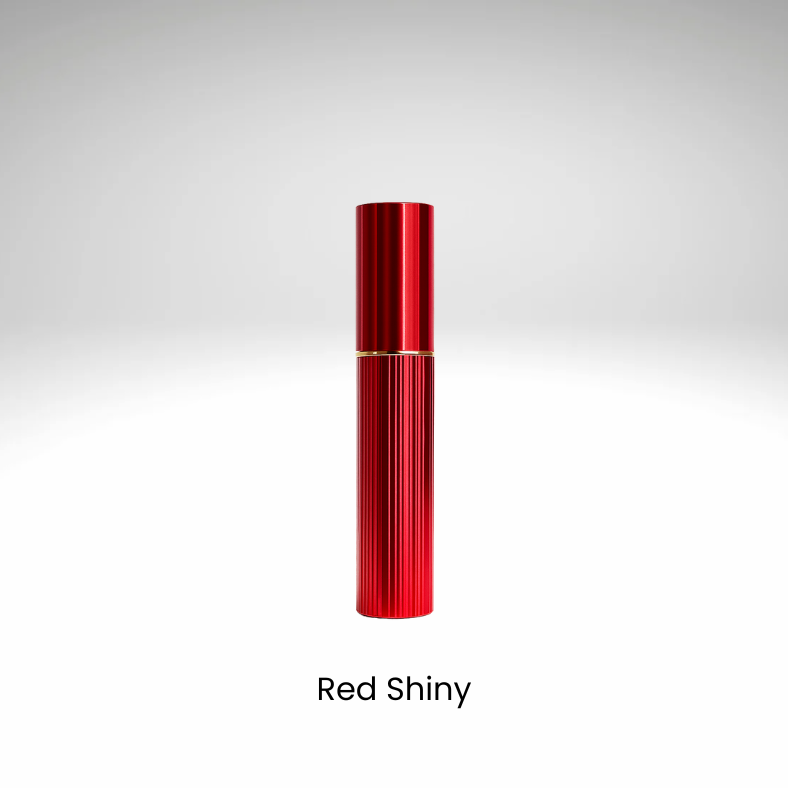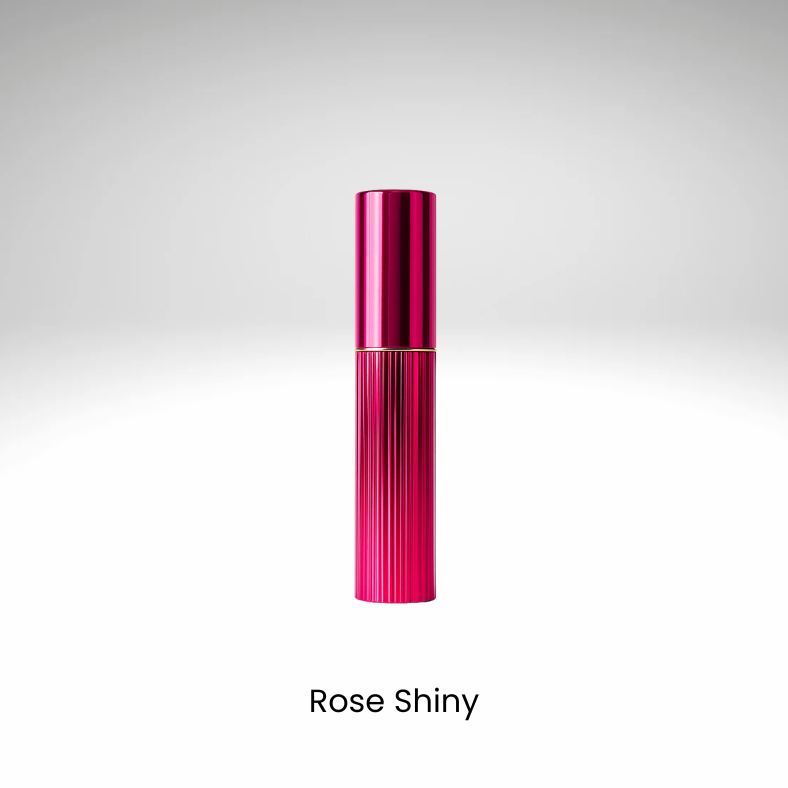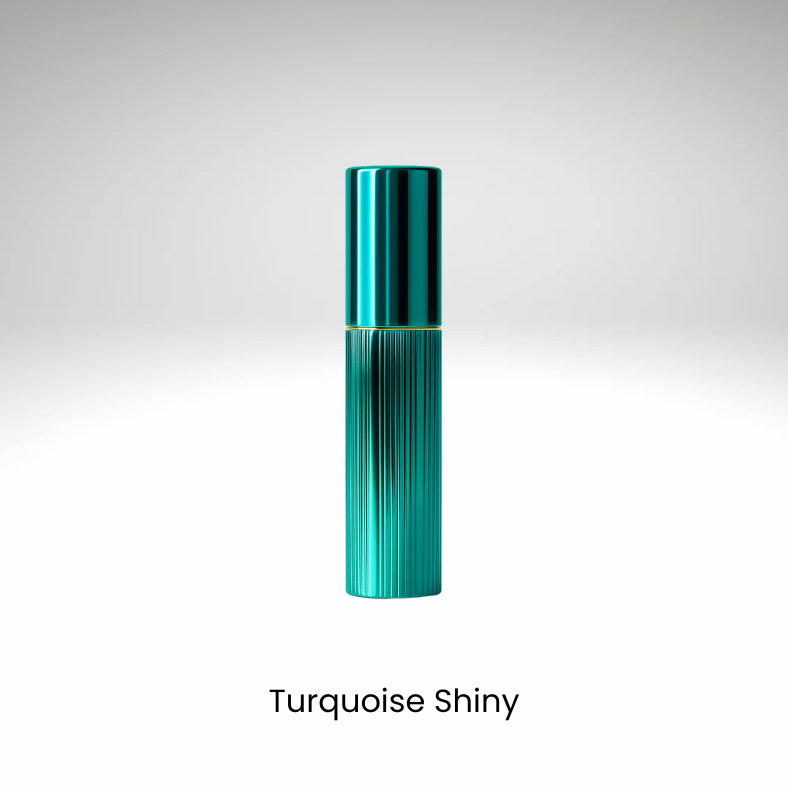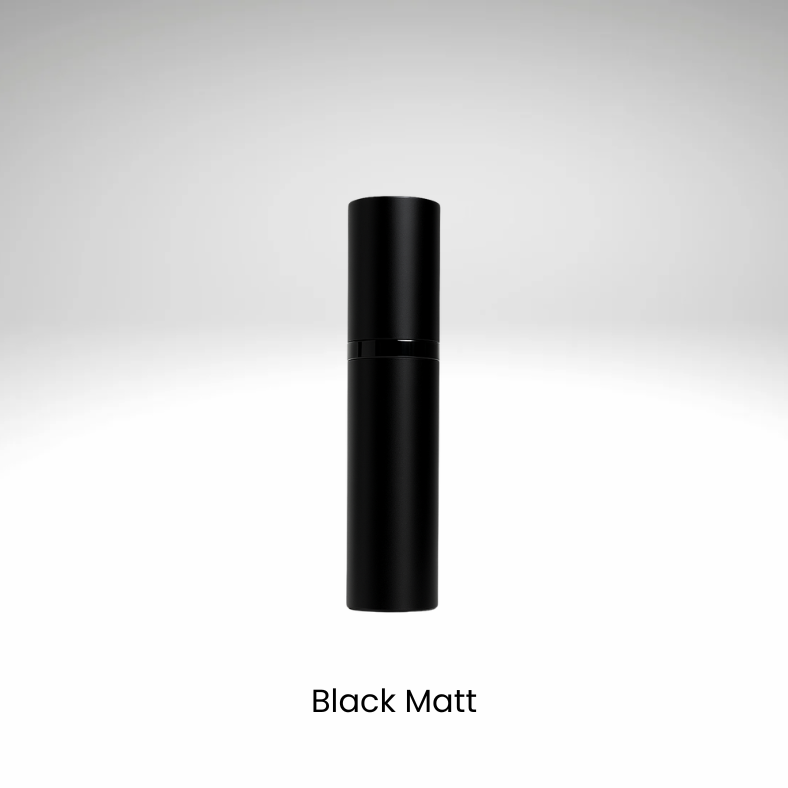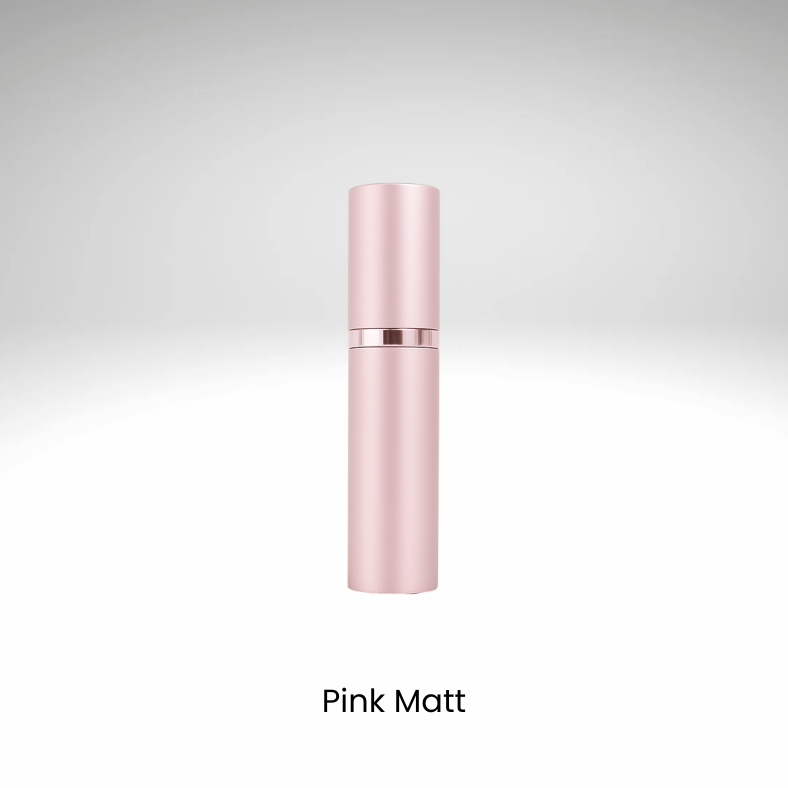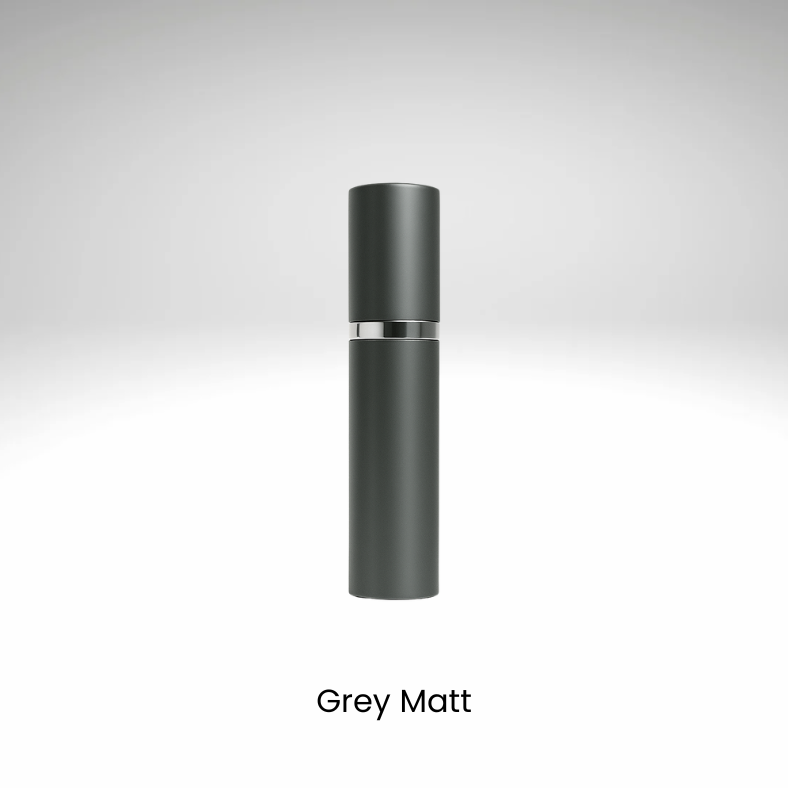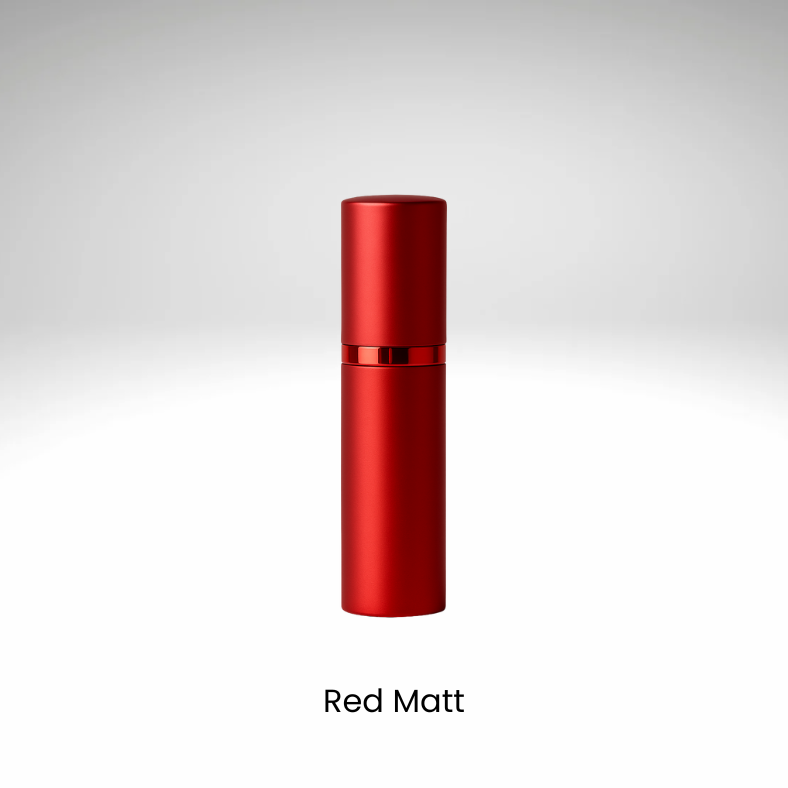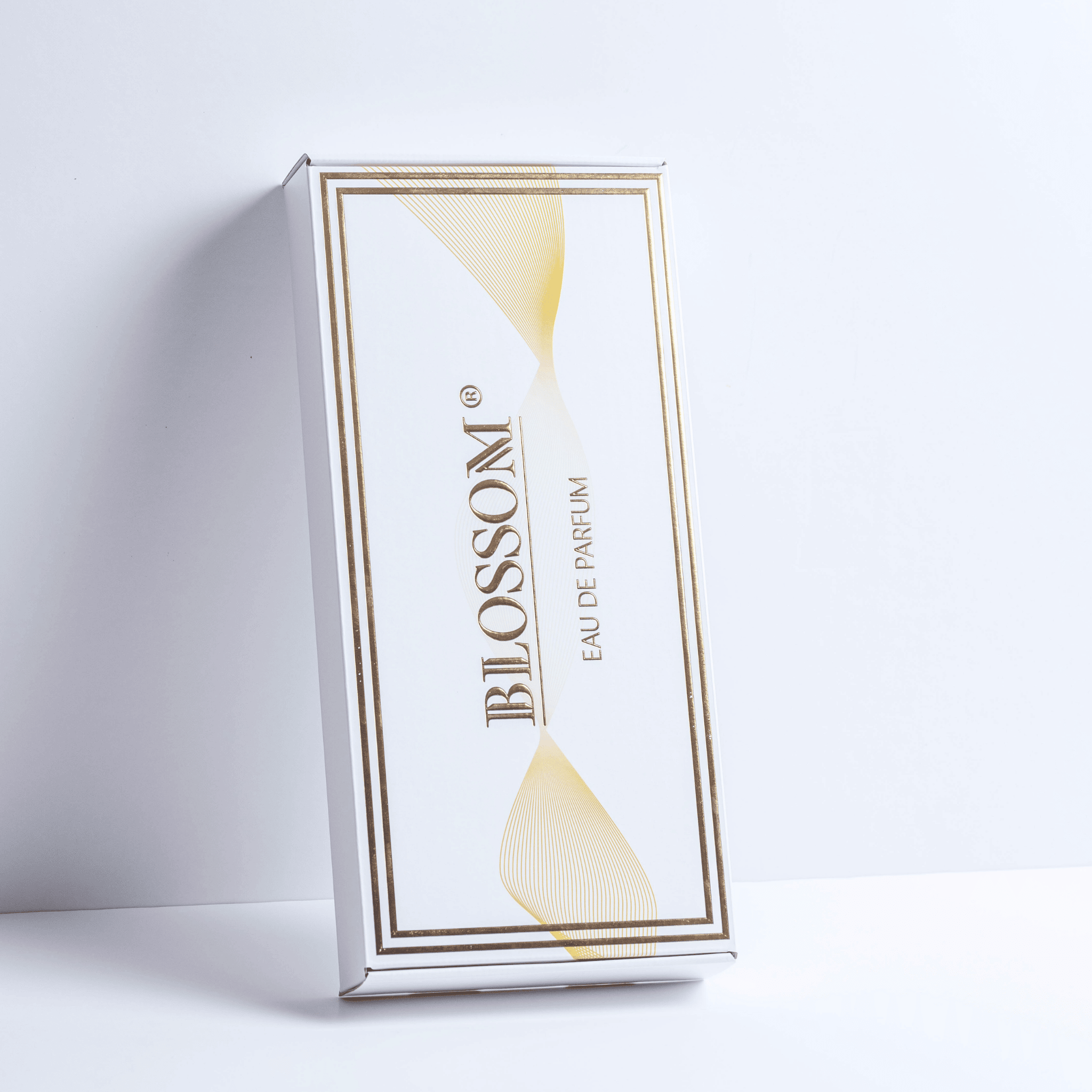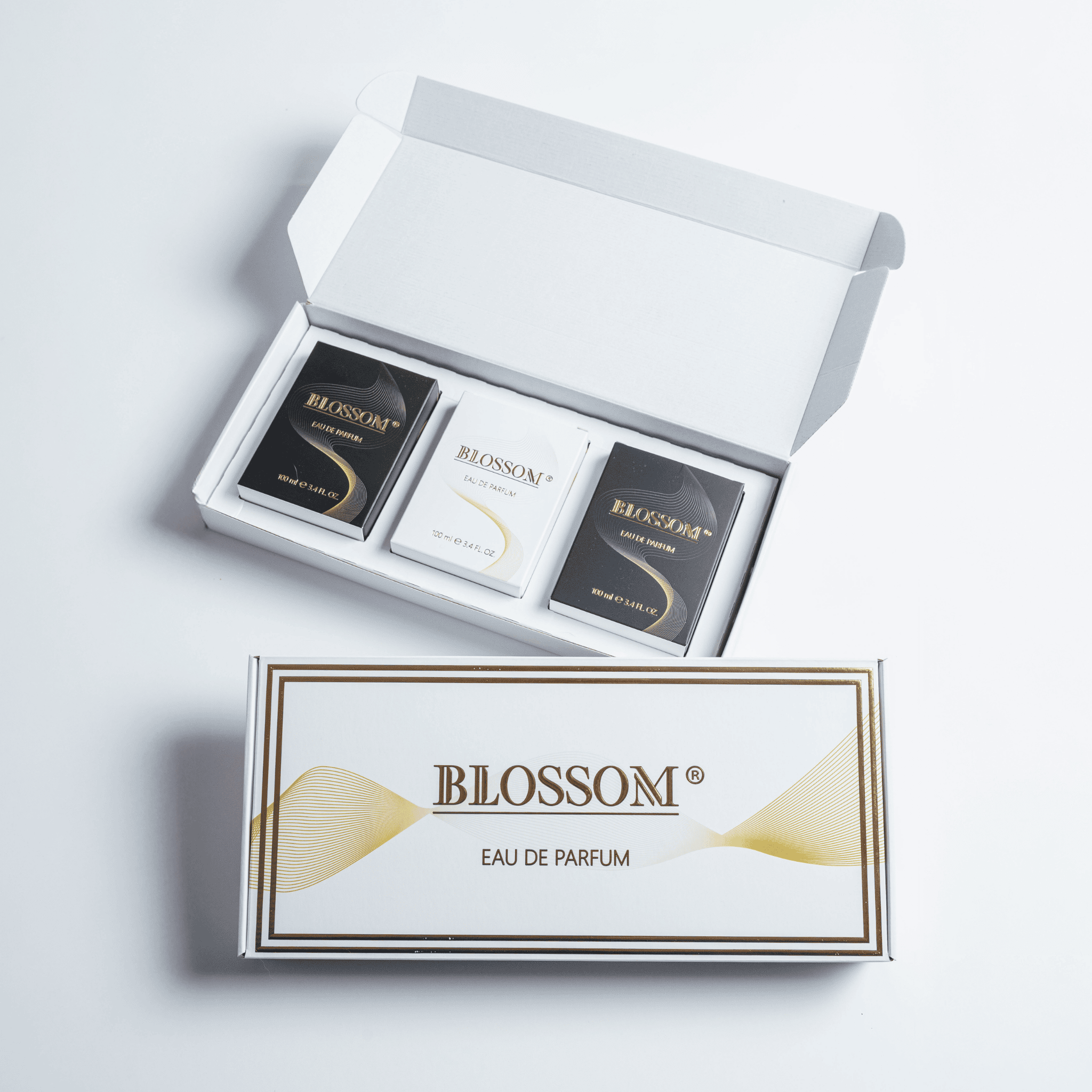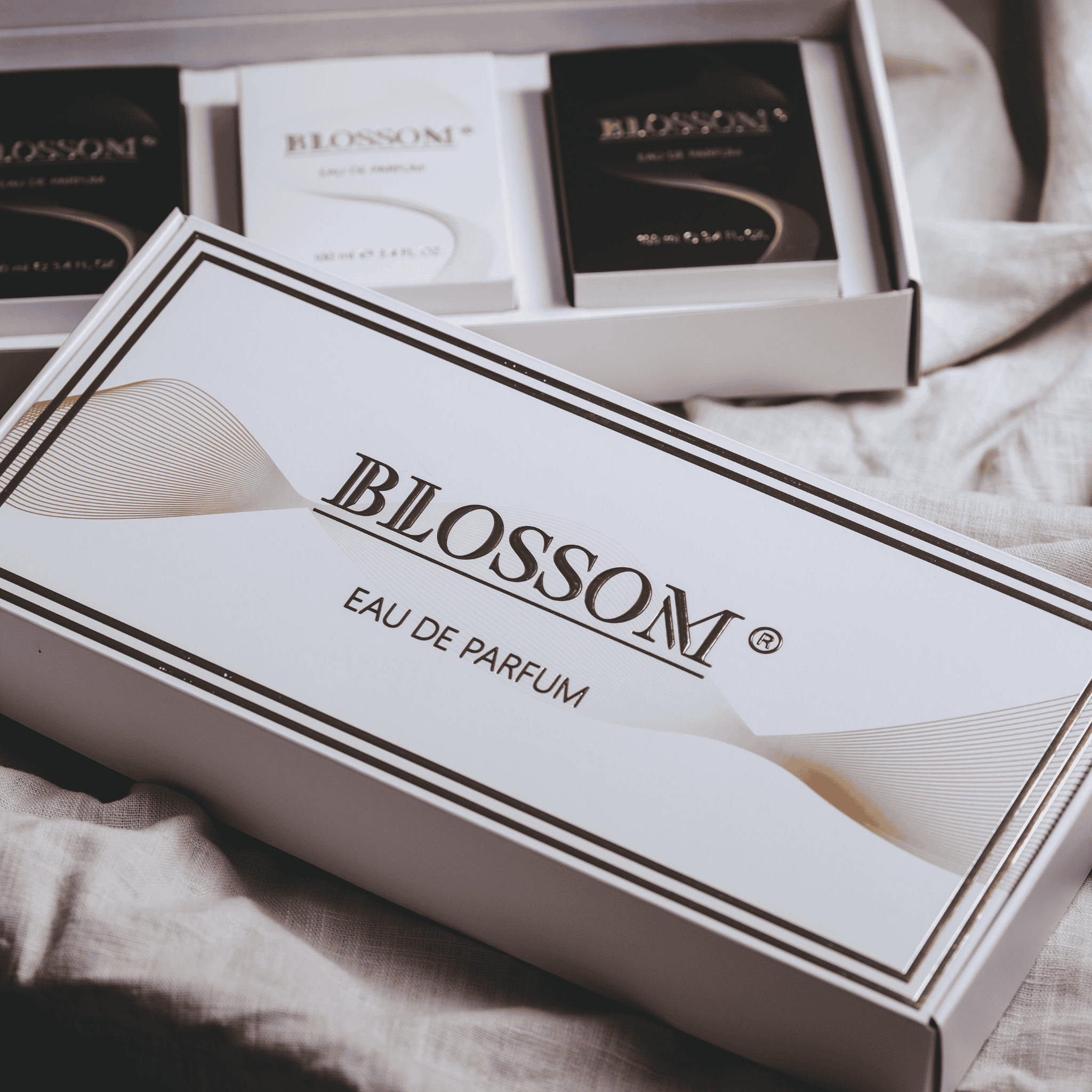Saffron. The very word evokes images of vibrant crimson threads, expensive spice markets, and a touch of the exotic. It has long been the world's costliest spice by weight, with prices at US$5,000 per kg or higher, a fact that hints at the intensity and uniqueness of its character and raises questions about why designer perfumes can be so expensive when featuring such ingredients. Its high cost is understandable; it can take approximately 75,000 Crocus sativus flowers, each bearing only three crimson stigmas, to produce just one pound of saffron spice, all of which must be harvested by hand.
But when we, as fragrance enthusiasts, encounter saffron in a perfume, what are we truly smelling? It’s one of those notes that dances on the edge of familiarity, yet can be surprisingly elusive to define.
Saffron's Core Scent
Trying to pin down the scent of saffron can feel like trying to catch smoke. Is it sweet? Is it spicy? Earthy? Well, it’s a bit of all of those, and then some. The primary impression is often a fascinating blend of bitter and sweet, almost like a hay-like dryness kissed with a hint of honey. Think of sun-warmed hay, not freshly cut green grass, but hay that’s been drying, concentrating its aroma. Think of how a few threads of saffron can transform a simple rice dish like risotto or paella, imbuing it not just with color but with a flavor that is simultaneously savory, subtly sweet, and deeply aromatic; its role in perfume is similarly transformative, adding layers that interact with other notes in unexpected ways – a key aspect of understanding perfume notes and their layers.
Then, a distinct leathery facet often emerges. This isn't the aggressive, smoky leather of a biker jacket, but rather a softer, more refined suede. It’s sophisticated, with an almost palpable texture. Some also detect a subtle earthiness, a grounding quality that prevents the sweetness from becoming too airy or simple. And for some noses, there's even a slightly metallic, almost medicinal tang, a whisper that adds an intriguing sharpness. It’s this complex interplay, this refusal to be just one thing, that makes saffron so compelling in perfumery. It’s not shouting. It’s holding a complex, nuanced conversation.
The signature aroma is largely thanks to safranal, which itself is formed during the drying process from picrocrocin, the compound responsible for saffron's bitter taste. Interestingly, chemists note that while safranal is dominant, another compound, 2-hydroxy-4,4,6-trimethyl-2,5-cyclohexadien-1-one, is considered by some to be the most powerful contributor to the “saffron” fragrance, despite its lesser quantity. Understanding these components helps us appreciate the depth.
More Than a Spice?
Absolutely. While saffron is prized in kitchens from Spain to India, its history in scent is just as rich, if not richer. Ancient civilizations recognized its aromatic power, using it in incense, fragrant oils, and even as a dye that carried its unique scent. Indeed, its allure is ancient; legend has it that Cleopatra of Egypt used saffron in her baths, not only for its color and cosmetic properties but trusting it would make romantic encounters more pleasurable.
This historical resonance means that when we smell saffron in a modern fragrance, we’re tapping into something ancient, something that has signified luxury and spiritual significance for millennia. It's a scent that carries stories within its molecules.
Saffron with Other Notes
Saffron is rarely a wallflower in a composition, but it’s not always the bombastic lead singer either. Its magic often lies in its ability to enhance and connect with other notes. Think of it as a sophisticated harmonizer.
It pairs beautifully with rich woods like oud or sandalwood, creating depth in many woody-scented eau de parfum. With roses, saffron can introduce an unexpected spicy, almost savoury counterpoint, preventing the rose from becoming too traditionally "pretty", a characteristic found in some intriguing rose-scented eau de parfum. It can add a luminous, warm glow to amber accords, making them feel even more opulent. We’ve even seen it used to great effect with certain fruits, lending a dry, spicy complexity that elevates the composition beyond a simple fruity scent, enriching some aromatic fragrances.
Its versatility is, frankly, astounding. It can bring warmth to cool compositions and a touch of dry sophistication to sweeter ones. The key, as with any potent ingredient, is dosage and balance. Too much, and it can dominate, becoming almost acrid. Just right, and it’s transformative.
Can Saffron Be Difficult?
Like many distinctive and powerful notes – such as truffle, oud, or even a very indolic jasmine – saffron can be polarizing. That medicinal or metallic whisper some detect? For others, it can be more pronounced, even slightly jarring if they're not expecting it. Its inherent bitterness, while a crucial part of its charm for many of us, might not appeal to those who gravitate exclusively towards straightforwardly sweet or fresh scents.
There’s also the quality aspect. Natural saffron is incredibly expensive, so synthetic versions or accords are common. Some synthetics are remarkably good, focusing on specific aspects like the leathery note or the sweetness, which can be precisely what a perfumer needs.
It’s a note that demands a little understanding, perhaps a little patience. It doesn’t always reveal all its secrets on the first sniff.
Finding the right perfume a bit tricky? Discover your perfect match with us.
The Allure of Saffron
So, why do we, as fragrance lovers, often find ourselves drawn to saffron? Perhaps it's that very complexity we’ve been discussing. Saffron offers a journey for the nose, a scent that unfolds in layers. It’s intelligent. It doesn’t shout its presence but rather invites closer inspection. There’s an inherent luxury associated with it, not just because of its cost, but because of its rich, nuanced character. It feels golden, even when you can't see the color.

